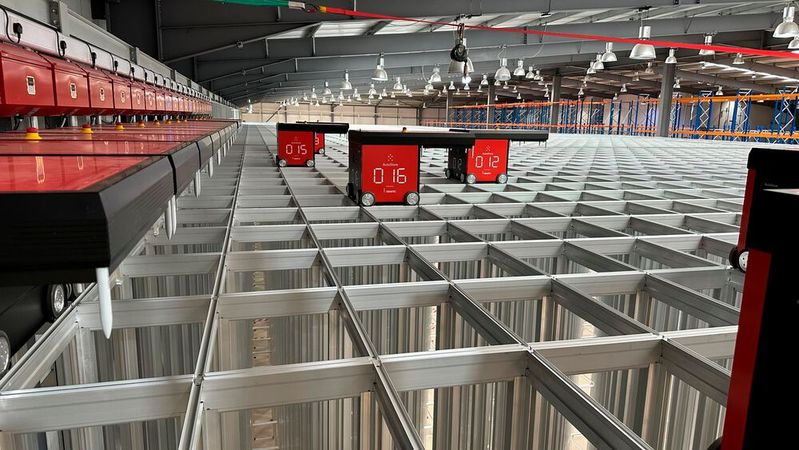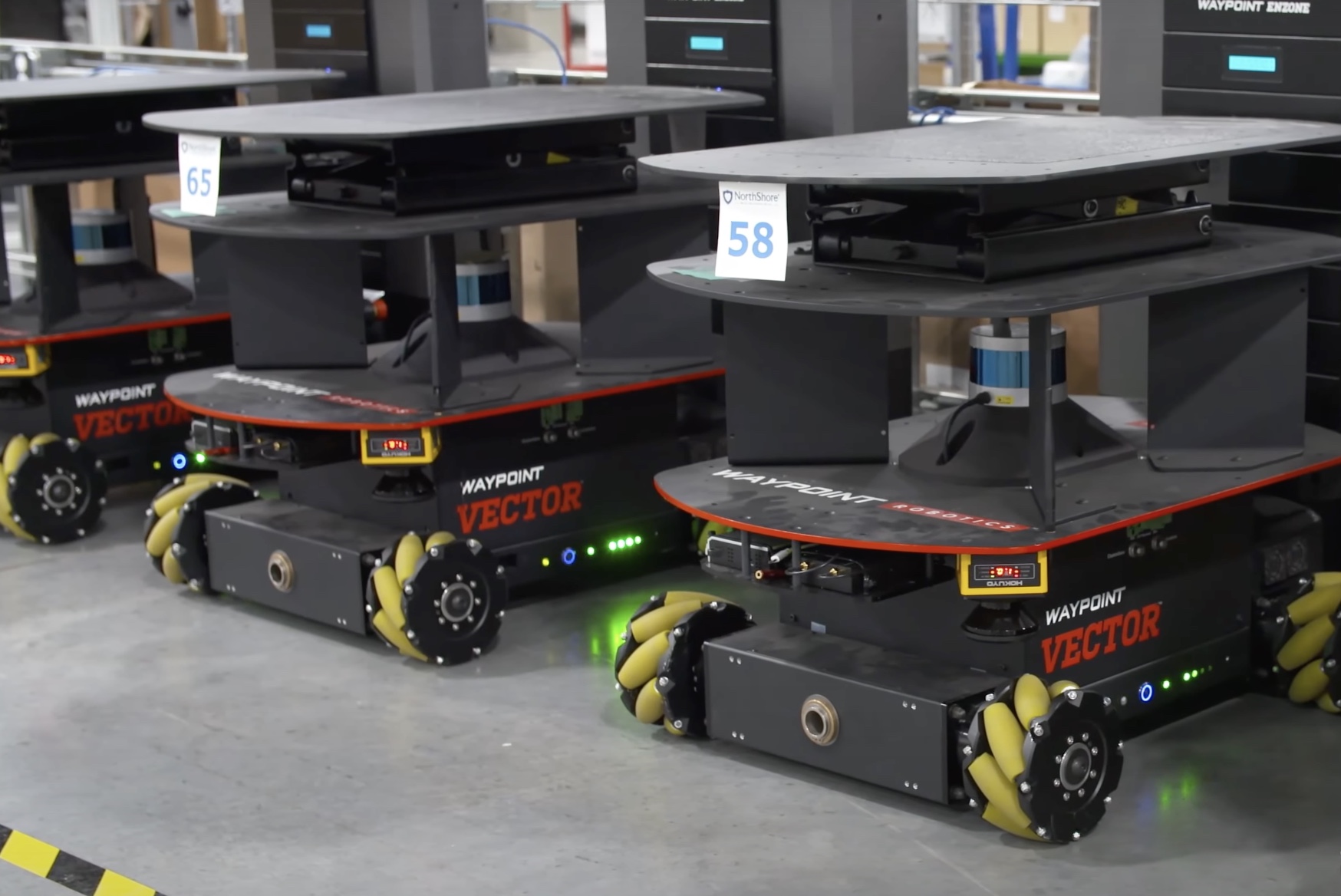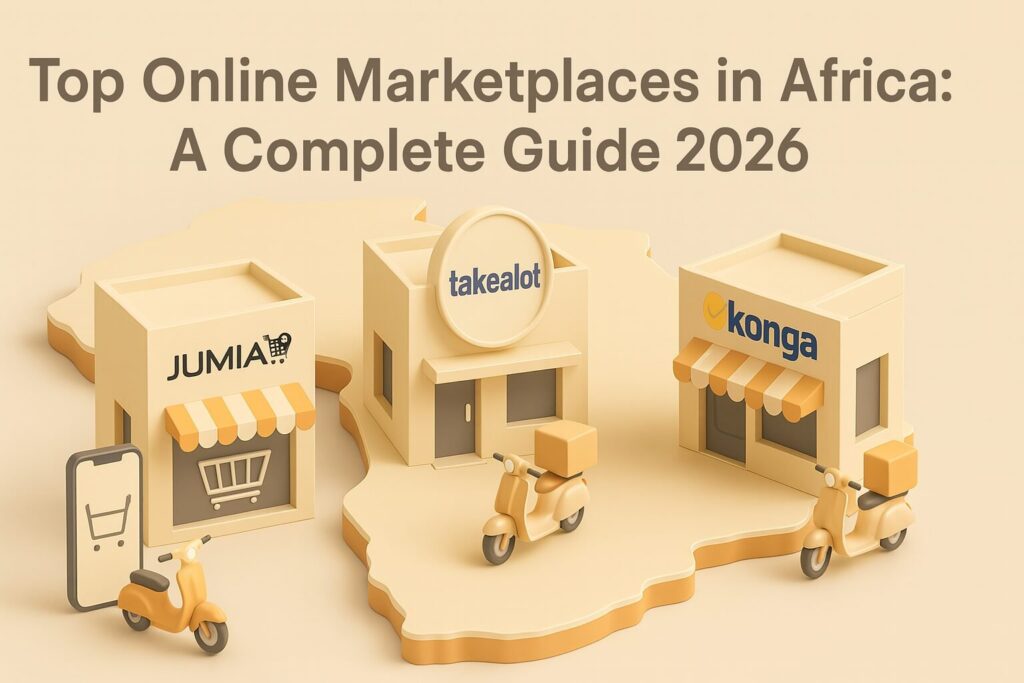Warehouse robotics has come a long way since the days when Amazon’s acquisition of Kiva Systems (now Amazon Robotics) captured the industry’s attention. While Kiva’s mobile robots—automated guided vehicles (AGVs)—revolutionized how items moved within Amazon’s vast network of fulfillment centers, the reality is that warehouse robotics encompasses far more than just one technology or approach. Today, warehouses are leveraging a wide array of robotic solutions, each tailored to specific tasks and challenges. From advanced goods-to-person systems to cutting-edge robotic picking arms, automated storage and retrieval systems, and even autonomous drones for inventory management, the ecosystem of warehouse robots is as diverse as the products they handle. This article dives into the world beyond Kiva, exploring the various categories of warehouse robots and the unique roles they play in modern logistics.
Goods-to-Person (G2P) Systems
At the heart of many warehouse operations is the idea of goods-to-person (G2P) systems. These systems streamline workflows by having robots retrieve items and deliver them to a stationary worker for picking, packing, or sorting. This approach not only reduces the amount of time workers spend walking the warehouse floor but also improves accuracy and efficiency.
Kiva/Amazon Robotics
The most famous example of a G2P system is the Kiva robot, which transformed how Amazon’s fulfillment centers operated. These robots move entire shelving units to picking stations, allowing workers to stay in one spot while the robots handle the physical movement of goods. Over time, Amazon has continued to refine this technology, using autonomous mobile robots (AMRs) that work seamlessly within highly coordinated robotic fleets.
Shuttle Systems and Alternatives
While Kiva’s approach involves AMRs moving shelves, other G2P solutions take different forms. Shuttle systems, for instance, are used by companies like AutoStore and Ocado Technology. AutoStore’s grid-based system employs small robots that travel along a tightly packed storage grid, lifting bins from below and delivering them to picking stations. Ocado’s highly automated warehouses, known for their online grocery fulfillment, use a swarm of robots that retrieve bins and transfer them to workstations for order assembly.

Brightpick Autopicker
Another compelling option in the landscape of warehouse robotics is Brightpick, known for its autonomous Brightpick Autopicker. This unique robot stands out as the only solution capable of both picking items and consolidating orders directly within the warehouse aisles. Instead of shuttling items back and forth to centralized picking stations, Brightpick Autopicker navigates the aisles, retrieves product storage totes from shelves, and robotically picks items to fulfill orders on-site. By eliminating the need for centralized picking stations, Brightpick significantly reduces the number of robots required, streamlining the order fulfillment process.
Brightpick’s fully autonomous system is quick to deploy—taking less than a month—and boasts impressive benefits, including a 95% reduction in picking labor and up to 50% cost savings on order fulfillment. It can handle a wide range of items, such as groceries, cosmetics, personal care products, electronics, pharmaceuticals, and apparel, all with a remarkable 99.9% accuracy rate. Furthermore, Brightpick Autopicker integrates goods-to-person capabilities for items that require human dexterity, and it can even autonomously locate the nearest human to assist with a pick if necessary.
This versatility, combined with its high accuracy and rapid deployment, makes Brightpick an attractive alternative to more traditional goods-to-person systems. In a diverse ecosystem of warehouse robots, Brightpick Autopicker demonstrates how innovative designs can transform the picking process, reduce costs, and increase efficiency.

Waypoint Robotics
Waypoint Robotics is another noteworthy vendor in the realm of autonomous mobile robots (AMRs). With their Kingpin top module, they bring unique dual-purpose functionality to their fleet, allowing the same robot to handle multiple tasks seamlessly. Their AMRs, such as the Vector and MAV3K models, not only transport payloads but also autonomously load, unload, and connect to various carts within a factory or warehouse environment. This versatility simplifies operations, as businesses no longer need to assign separate robots for different functions.

Moreover, Waypoint’s solutions include advanced navigation capabilities, omnidirectional movement, and comprehensive safety measures, such as 360-degree safety lasers and 3D perception. Combined with their Dispatcher software, which is tailored for straightforward setup and management, Waypoint’s offering stands out as a flexible, user-friendly option for warehouse automation. By providing this level of adaptability and simplicity, Waypoint Robotics demonstrates that the AMR landscape is rich with alternatives, each catering to specific operational challenges

Additional AMR Vendors
Companies like Geek+ and Locus Robotics have expanded the G2P landscape. Geek+ offers a range of AMRs designed for picking, moving, and sorting tasks. Their robots are known for being flexible and easy to integrate into existing warehouse environments. Locus Robotics, on the other hand, has focused on creating robots that work alongside human workers, optimizing workflows without requiring a complete overhaul of the warehouse’s physical infrastructure.
Automated Storage and Retrieval Systems (AS/RS)
While G2P systems excel at bringing items to workers, automated storage and retrieval systems (AS/RS) focus on maximizing space efficiency and automating the storage and retrieval process itself. AS/RS solutions are characterized by dense storage configurations and precise, automated handling equipment that can quickly access goods in tightly packed environments.
Types of AS/RS:
Unit-load AS/RS: These systems handle full pallets, often in large-scale distribution centers. They use cranes or shuttles to store and retrieve entire pallets from high-density racks, making them ideal for industries that deal with bulk inventory.
Mini-load AS/RS: Designed for smaller loads like totes or cartons, mini-load systems employ high-speed cranes or shuttles to access goods. These systems are particularly well-suited for operations that need to retrieve smaller items quickly and frequently.
Vertical Lift Modules (VLMs) and Carousels: VLMs stack trays vertically within a cabinet and deliver them to a workstation on command. Carousels—both horizontal and vertical—rotate goods around a central axis, bringing the requested item to the picker without the need for traditional aisles.
Comparison with G2P AMRs
Unlike G2P systems that typically involve mobile robots navigating warehouse floors, AS/RS solutions rely on fixed infrastructure. This means they can achieve higher storage density and often faster retrieval times. However, they require a more significant upfront investment in specialized equipment and racking systems, making them a better fit for facilities with high-volume, high-turnover inventory needs.
Robotic Picking Arms
One of the more challenging tasks in warehouse automation is the ability to pick individual items. While robots excel at moving shelves or bins, the fine motor skills and decision-making required to grasp a diverse range of objects are more complex to automate. That’s where robotic picking arms come into play.
Technologies Driving Robotic Picking
Vision Systems: Advanced cameras and sensors allow robotic arms to “see” and identify items. By using computer vision and machine learning algorithms, these robots can recognize objects of varying shapes, sizes, and textures.
Gripper Variations: Depending on the item, a robot might use suction cups, clamps, or specialized fingers to grasp and move products. The choice of gripper often depends on the fragility, weight, and surface characteristics of the object.
Applications of Robotic Arms
Piece Picking: Some robots are designed to pick individual items from bins and place them into order containers. This is commonly seen in e-commerce fulfillment centers where a wide variety of items must be picked from a central storage location.
Bin Picking and Sortation: Robotic arms can sort items into different bins based on size, weight, or destination. This reduces human error and speeds up the sortation process.
Examples of Leading Companies
RightHand Robotics: Specializes in piece-picking solutions that combine vision, gripping, and artificial intelligence to handle a wide range of products.
Berkshire Grey: Offers end-to-end robotic systems that include picking, packing, and sorting.
Covariant: Focuses on machine learning-driven picking solutions, enabling robots to improve their accuracy and reliability over time.
Autonomous Mobile Robots (AMRs) for Other Tasks
While goods-to-person systems dominate the conversation around AMRs, these robots can perform many other warehouse tasks. From sorting parcels to scanning inventory, the versatility of AMRs extends far beyond moving shelves.
Additional Roles for AMRs
Sorting and Transporting: AMRs can move pallets, carts, or totes from one area of the warehouse to another, reducing the need for human-operated forklifts or manual labor.
Inventory Scanning: Drones and ground-based robots equipped with scanners can autonomously scan barcodes, check stock levels, and perform cycle counts. This not only improves accuracy but also reduces the time required for inventory audits.
Material Handling and Replenishment: AMRs can transport materials to production lines, replenish pick faces, or handle returns—streamlining operations that previously relied on manual handling.
Integration and Orchestration
With so many different types of robots in the warehouse—G2P systems, AS/RS solutions, robotic picking arms, and AMRs performing auxiliary tasks—the question arises: how do all these systems work together? The answer lies in the software that ties everything together.
Warehouse Management Systems (WMS) and Warehouse Execution Systems (WES)
WMS: A WMS provides a high-level overview of inventory and order status, ensuring that the right items are picked, packed, and shipped on time.
WES: Acting as a middle layer, a WES coordinates the activities of various robots and human workers, optimizing workflows, managing task queues, and ensuring that the entire operation runs smoothly.
The Role of Software in Integration
Software integration is critical for ensuring that multiple robotic systems—each with its own unique capabilities—work in harmony. A well-implemented WMS and WES can allocate tasks to the most suitable robot, monitor performance, and adjust workflows in real time. Without this orchestration, even the most advanced robots can’t deliver their full potential.
Conclusion
The world of warehouse robotics has expanded far beyond Kiva’s original vision. Today, warehouses rely on a diverse array of robotic solutions, each designed to tackle specific challenges. From goods-to-person systems and automated storage and retrieval technologies to robotic picking arms and AMRs that handle sorting, transporting, and inventory scanning, the modern warehouse is a complex ecosystem of innovation. By integrating these systems through sophisticated software, businesses can create highly efficient, automated facilities tailored to their unique needs. As technology continues to evolve, the possibilities for warehouse robotics are virtually limitless, offering greater efficiency, accuracy, and flexibility than ever before.









